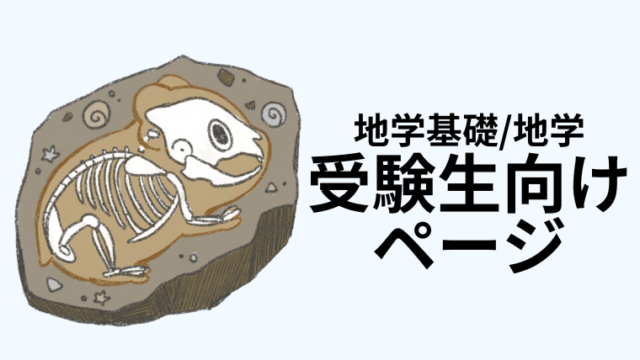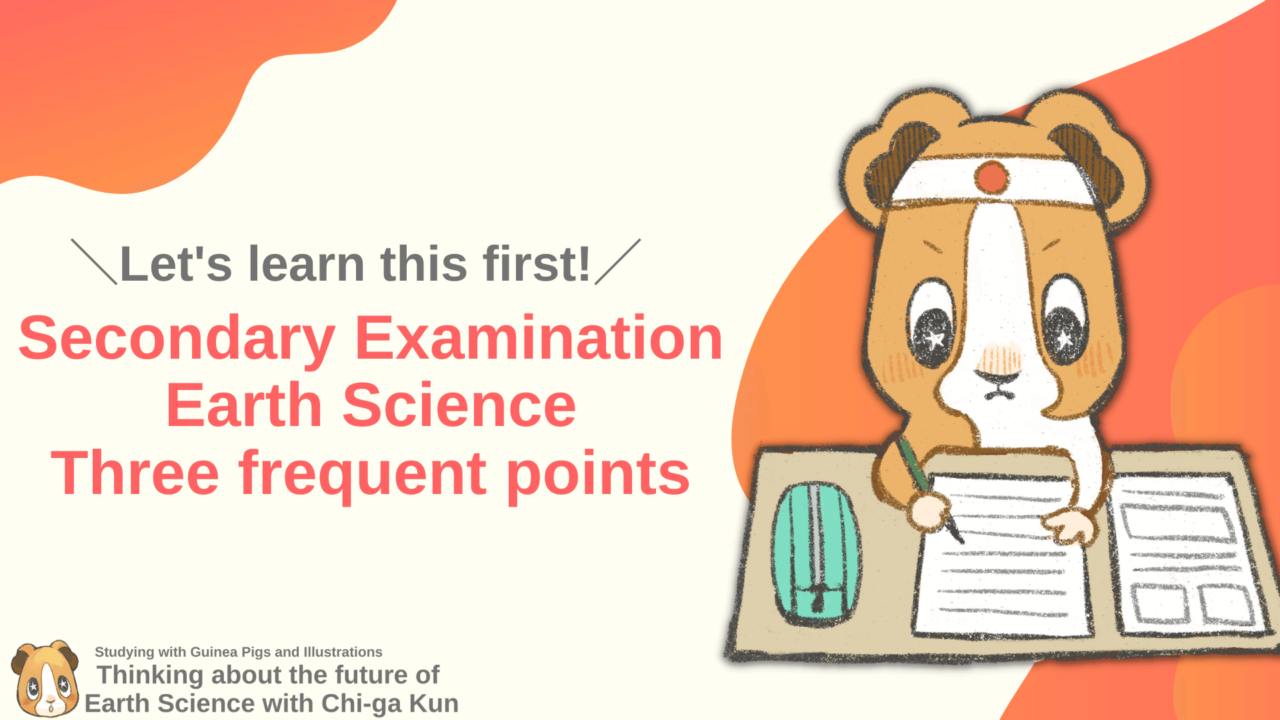スポンサーリンク
Chi-ga kun
Hakase! I am planning to take the second exam in Earth Science. Are there any frequent points that I should know about?
Hakase
Of course there are. In this article, I will carefully select and explain the 3 most frequently asked points that have been asked many times in my analysis of the national secondary examination Earth Science.
Many of you may be confused by the lack of information about the second examination Earth Science.
And moreover, you feel like you have to solve and find the frequent points of the second examination Earth Science by yourself. (I was the same way…).
In this article, let’s learn with the guinea pigs about those frequent points that have been asked over and over again!
Chi-ga kun
This article can be used as an exercise in problems! If you are actually taking the Earth Science exam or want to test your skills, solve the problems and then click on the “Answers Here!” button below them!
スポンサーリンク
Contents
Frequent point 1: Compositional differences between basalt and rhyolite

Frequent point 2: Evidence that global freezing occurred during the Proterozoic Era

Frequent point 3: Why the Earth has a layered structure

Summerly
Hakase
In this article, I have explained the three most frequent points of the second examination Earth Science, for which there is not much information available.
You’ll need to practice past papers to reach a passing score, but let’s start with these three!
You’ll need to practice past papers to reach a passing score, but let’s start with these three!
I’m going to review what I’ve learned this time and prepare for the second exam, Earth Science!
Hakase! Thank you for teaching me today!
Hakase! Thank you for teaching me today!
Thank you for reading to the end!
スポンサーリンク











